Figures & data
Figure 1a. Pelvic obliquity in a 12-year-old girl with cerebral palsy in GMFCS level IV. Measurement of migration percentage (MP). MP = a/b × 100. MP =46% in the left hip and 32% in the right hip.
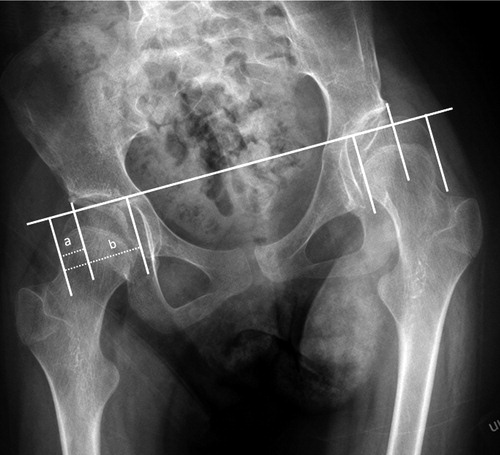
Figure 1c. Measurement of pelvic adjusted migration percentage (PAMP). PAMP =59% in the left hip and 15% in the right hip.
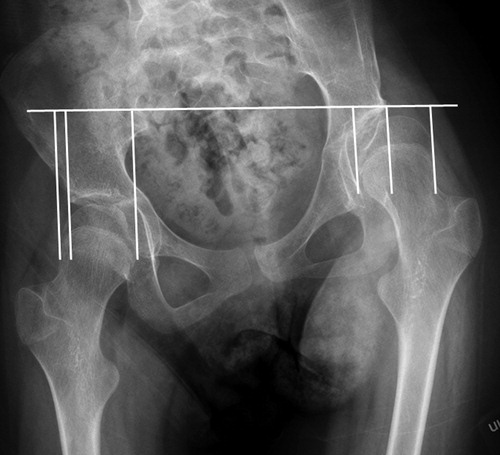
Table 1. Distribution of age and Gross Motor Function Classification System (GMFCS) levels
Table 2. Interrater reliability estimated by intraclass correlation coefficient (ICC)
Figure 2. Number of pelvic radiographs related to the degree of PO. Negative value = left side of pelvis elevated, positive value = right side of pelvis elevated.
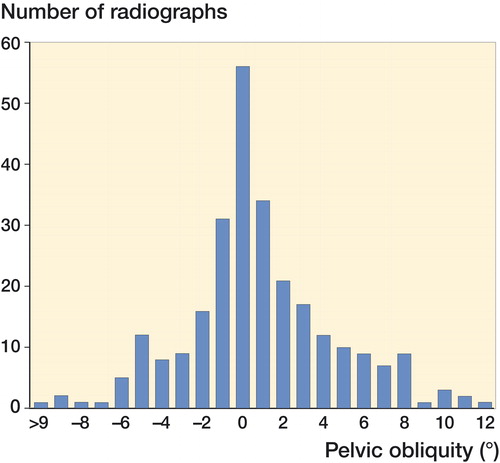
Figure 3. Difference between MP in the right and left hip related to PO. Negative PO value = left side of pelvis elevated, positive PO value = right side of pelvis elevated.
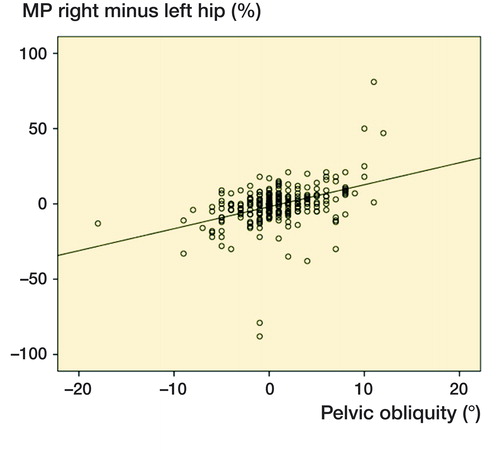
Figure 4. Difference between PAMP on the right and left hip related to PO. Negative PO value = left side of pelvis elevated, positive PO value = right side of pelvis elevated.
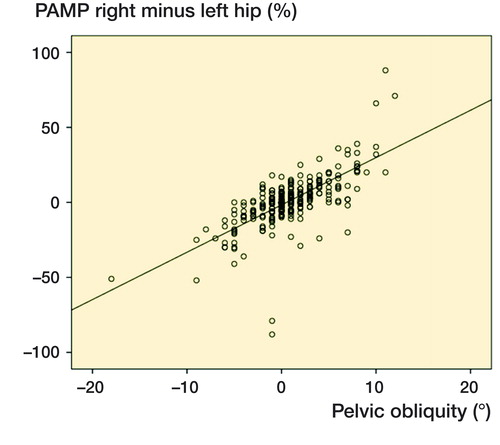
Table 3. Difference between PAMP and MP on the high side of pelvic obliquity

